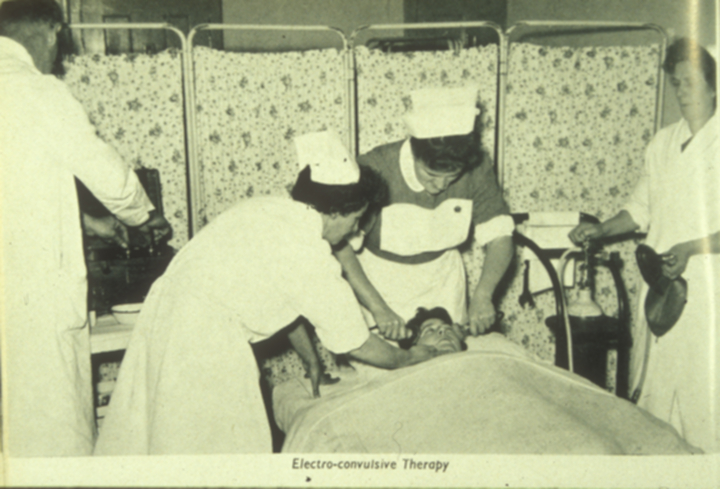Electroconvulsive Therapy Shows Greater Efficacy in Older Adults

In a groundbreaking study published on June 19, 2025, in The American Journal of Geriatric Psychiatry, researchers have demonstrated that electroconvulsive therapy (ECT) is significantly more effective for treating depression in patients aged 85 years or older compared to younger individuals aged 18 to 35. The study, led by Dr. Tor Arnison, PsyD, PhD, from the School of Medical Sciences at Örebro University in Sweden, highlights the potential benefits of ECT in the oldest demographic, presenting compelling evidence for its efficacy and safety.
The research, conducted using data from the Swedish National Quality Register for ECT, involved over 500 patients classified as the "oldest-old" (ages 85-99), with a notable representation of 72% women. In comparison, the study included two propensity score-matched control groups: younger patients aged 18-35 who received ECT (n = 522) and older patients aged 85-96 who did not receive ECT (n = 522). The findings indicated that older adults receiving ECT exhibited significantly higher rates of response (82% vs 67%; odds ratio [OR], 2.4; P < .001) and remission (53% vs 27%; OR, 4.2; P < .001) compared to their younger counterparts.
Furthermore, the study reported fewer adverse events (AEs) among the older ECT group, with only 20% experiencing any complications compared to 23% in the younger group. Memory impairment, a common concern associated with ECT, was notably lower in older patients (8% vs 13%). Notably, those in the older ECT cohort also experienced fewer hospital readmissions within one week of discharge (6% vs 14%; OR, 2.7; P < .01).
Dr. Arnison stated, "The results suggest that ECT could be a viable treatment for depression among patients aged 85 years or older." This is particularly significant as the burden of depression in older adults continues to grow, with many facing challenges in accessing effective treatments. The study emphasizes the importance of tailored therapeutic approaches for geriatric populations, who may respond differently to treatments than younger patients.
However, the study is not without its limitations. The authors acknowledged potential biases due to the reliance on national registers, which may not capture all clinical nuances. The assessment of treatment response was based on the Clinical Global Impression Improvement scale, and there is a possibility that clinician-reported AEs may have been underreported. Additionally, the concurrent use of antidepressants among the ECT group and unknown therapies in the non-ECT group could have introduced confounding factors.
Despite these limitations, the findings align with previous research indicating that older adults may respond favorably to ECT. For instance, a 2020 meta-analysis published in the Journal of Geriatric Psychiatry found that the efficacy of ECT in older patients is often underestimated, leading to underutilization of this treatment modality in clinical practice.
The implications of this study extend beyond individual patient outcomes. As the global population ages, mental health treatment strategies must adapt to meet the unique needs of older adults. With increasing rates of depression among older populations, particularly in the context of comorbidities and psychosocial challenges, the role of ECT as an effective intervention warrants further exploration.
Looking ahead, researchers advocate for larger, multicentric studies to validate these findings and refine ECT protocols for older patients. The continued investigation into ECT's mechanisms, optimal dosing, and long-term outcomes will be critical in establishing it as a first-line treatment for depression in the elderly.
In conclusion, while the study presents a promising outlook for the use of ECT in treating depression among older adults, ongoing research and clinical vigilance will be essential in ensuring safe and effective mental health care for this vulnerable population.
Advertisement
Tags
Advertisement





